If you’ve ever felt like something in your life doesn’t quite make sense—an unshakable fear, a pattern that keeps repeating, or a sadness you can’t explain—you’re not alone. Sometimes, the roots of these feelings go deeper than we realize. That’s where Past Life Regression Therapy (PLRT) comes in.
Healing Power
PLRT is a gentle, guided process that uses hypnosis to help you access subconscious memories—sometimes from early life, sometimes from what appear to be past lives. But here’s the key: whether these experiences are literal or symbolic, the transformation they spark is very real.
Unlike casual past life exploration done out of curiosity, past life regression therapy is therapeutic by nature. It’s designed to help you understand the emotional baggage you’ve been carrying, where it might come from, and how to release it. It’s less about proving past lives exist, and more about how the stories that surface—whether imagined or remembered—can bring insight, healing, and peace.
In a past life regression hypnosis session, people often discover the origin of patterns that show up in their relationships, their emotional responses, or even their sense of purpose. And because this work is done in a relaxed, open state of consciousness, you’re tapping into a deeper part of yourself that’s ready to heal.
You don’t have to believe in past lives to benefit from past life regression. What matters is the healing, the clarity, and the peace it brings you now.
— Marcelina Hardy, NBCHt
How Can Past Life Regression Therapy Help?
Past Life Regression Therapy isn’t about escaping your current reality—it’s about understanding it more deeply. Many of us carry emotions, habits, and patterns that don’t seem to “fit” our current life story. Maybe you struggle with low-level anxiety, a heaviness you can’t explain, or the sense that you keep ending up in the same kind of relationship over and over. PLRT can help bring clarity to those patterns.
Emotional Relief & Pattern Recognition
One of the most common outcomes of past life regression therapy is emotional release. People often uncover unresolved experiences—whether from childhood, the subconscious, or symbolic past lives—that help them understand where their emotions really come from. Just the act of seeing these stories with fresh eyes can be incredibly freeing.
Imagine discovering that your unexplained fear of drowning traces back to a vivid regression scene involving a shipwreck. Or realizing that your tendency to hold back in relationships might be rooted in a symbolic memory of betrayal. These insights allow you to respond to your life with awareness instead of confusion.
Personality Shifts & Self-Understanding
PLRT often sheds light on why we are the way we are. It can reveal the “why” behind certain traits—like being overly controlling, people-pleasing, or afraid of success. By seeing these tendencies in a broader soul-level context, we create space to shift them.
Clients frequently report feeling lighter, calmer, or more accepting of themselves after even a single hypnosis session. It’s like being handed the missing puzzle piece that helps everything click into place.
Relationship Healing
Relationships are some of our biggest teachers—and sometimes our biggest pain points. Through PLRT, many people uncover past-life connections or deep symbolic metaphors that mirror present-day dynamics. This can offer tremendous clarity, whether you’re working through a romantic breakup, a family rift, or a friendship that drains you.
Understanding the energetic patterns between yourself and others can shift how you show up in those relationships—sometimes leading to healing, closure, or the confidence to walk away.

What Role Does the Higher Self Play?
Here’s something beautiful about past life regression therapy that many people don’t expect: it’s not just about the past. It’s also about connecting with something wiser, more loving, and deeply intuitive—what many call the Higher Self.
Think of your Higher Self as the part of you that sees the big picture. It’s not caught up in your day-to-day fears or your inner critic. Instead, it offers clarity, compassion, and perspective. During a PLRT session, once the emotional or symbolic stories are explored, many people naturally shift into a state where this Higher Self can speak.
What does that look like?
Sometimes, it’s a feeling—a calm inner knowing. Other times, it’s like having a loving conversation with a part of yourself that you forgot existed. This guidance can offer powerful insights into your current challenges: why you’re facing them, what you’re meant to learn, and how you can move forward with more peace and purpose.
You don’t have to believe in reincarnation or even know what to call this part of yourself. What matters is that the wisdom that comes through feels real, relevant, and healing. Clients often say this is their favorite part of the session—where they finally feel seen, understood, and supported by something greater within.
It’s in this connection that the true heart of PLRT lies. You’re not just revisiting stories—you’re reclaiming your voice, your power, and your sense of direction.
What Happens During a Hypnosis Session?
If you’re curious about what actually happens in a past life regression therapy session, you’re not alone. A lot of people imagine something dramatic or mysterious—but in reality, the process is gentle, safe, and deeply personal.
Step 1: Setting the Intention
Every session begins with a conversation. You and your practitioner will talk about what’s coming up for you—whether it’s a recurring emotion, a relationship dynamic, or just a general feeling of being stuck. From there, you’ll set an intention for the session. You don’t need to have the “right words”—you just need an open mind and a willingness to explore.
Step 2: Guided Hypnosis
You’ll then be guided into a deeply relaxed state through a process called hypnotic induction. Don’t worry—this isn’t stage hypnosis or mind control. You’ll be awake, aware, and in full control the entire time. It’s a bit like a focused daydream where your subconscious mind becomes more accessible.
In this state, you’ll be gently led to images, sensations, or scenes that arise naturally. These may come from what feels like another time, another body, or another life—or they might be symbolic stories your subconscious wants to show you. There’s no right or wrong way to experience it.
Step 3: Exploration and Insight
As you move through the regression, your practitioner will ask simple questions to help you explore the scenes that come up. The goal isn’t to analyze—it’s to observe and feel. The patterns, emotions, or lessons often become clear on their own.
Step 4: Integration and Reflection
At the end of the session, you’ll return to full waking consciousness. Then comes the important part: reflecting on what came up. Your practitioner will help you connect the dots between what you saw and what you’re experiencing in your current life.
Most people leave feeling lighter, more connected, and often surprised by how meaningful the experience was—even if they were skeptical going in.

What Happens In Past Life Regression Online?
If you’re wondering whether the experience changes when past life regression is performed online, you’re not alone. The truth is—the process is nearly identical. The only real difference is where you’re lying down and how we’re connected. And honestly, some of my clients feel even more at ease being in their own home, wrapped in their favorite blanket, in a space they already feel safe.
Here’s how it works:
We begin by chatting about your intention for the session—what you’re hoping to understand, shift, or explore. I’ll explain how the process unfolds and make sure you feel totally comfortable. Then, just like in a traditional session, I’ll guide you into a deeply relaxed state using hypnotic techniques designed to gently bypass the conscious mind and open the doorway to the subconscious.
Throughout the session, you’ll still be able to hear my voice and respond if needed. You’re never “asleep” or unconscious—you’re simply in a focused, inward state where impressions, memories, or emotions can come forward.
And yes, all of that happens just as easily over Zoom as it does in person. What matters isn’t our physical proximity—it’s the energetic connection, your readiness, and the safe space we create together.
When the regression part ends, I’ll gently guide you back, and we’ll take time to talk through anything you experienced. Sometimes the insights are vivid and crystal clear. Other times, they’re more symbolic or emotional. Either way, we’ll work together to help you make sense of what came through and how it connects to your life now.
You’ll leave the session feeling lighter, more aware, and often with a renewed sense of clarity—even if you didn’t “see” a specific past life. It’s not about forcing anything. It’s about letting what needs to arise, arise.
Tarot Break ~ Click the Card for a Tarot Reading
Before clicking the card, ask Spirit what message do you need right now. You can then Start Chat to ask a question about the reading. An AI-Chatbot will respond based on the card.

What Does the Research Say?
Let’s be honest—past life regression therapy exists in a bit of a gray area when it comes to science. It’s not widely accepted in mainstream psychology, and there’s ongoing debate about whether the memories people recall are literal past lives or simply powerful metaphors created by the subconscious mind.
But here’s the interesting part: even researchers who question the origins of the memories often recognize the therapeutic value.
Dr. James Pandarakalam, a psychiatrist who has studied past life regression in depth, notes that while the existence of reincarnation can’t be scientifically proven, many case studies show that PLRT can lead to meaningful psychological and emotional breakthroughs. He refers to this process as “symbolic catharsis”—in other words, the healing happens whether or not the memory is “real.”
In his paper A Search for the Truth of Past Life Regression, Pandarakalam outlines how regression therapy can alleviate internal conflicts and enhance moral awareness. He also points out that clients often experience shifts in self-understanding, emotional balance, and even life purpose following regression work. These changes aren’t tied to belief systems—they’re tied to the personal insights and emotional release that take place.
So while it’s true that PLRT isn’t considered a clinical treatment or a substitute for mental health care, it is increasingly acknowledged within integrative and holistic health communities as a powerful modality for inner work and personal growth.
In the end, the question may not be “Is it real?” but rather, “Is it helpful?”—and for many, the answer is a resounding yes.
Ethical Use & Considerations
With any healing modality—especially one as unique and emotionally deep as past life regression therapy—ethics matter. While PLRT can be profoundly insightful, it’s important to understand when and how it should be used.
It’s Not a Replacement for Mental Health Treatment
Let’s start here: PLRT is not meant to diagnose or treat clinical mental health conditions. If someone is dealing with severe depression, trauma, or psychiatric concerns, it’s essential they work with a licensed mental health professional. Past life regression can be a complementary tool for self-exploration, but it should never replace proper care.
That said, many people with mild emotional challenges—like ongoing relationship patterns, low-level anxiety, or a general sense of feeling stuck—find real benefit from regression therapy when used in a safe, supportive setting.
The Importance of Qualified Practitioners
Choosing the right practitioner makes all the difference. Look for someone who is certified in hypnosis or regression therapy, preferably with trauma-informed training and a deep understanding of the emotional and spiritual aspects of the work.
As a certified hypnotist, NBCHt, and metaphysical practitioner, I hold space with care, neutrality, and professionalism. My role is never to lead you to specific answers, but to help you access the insights your subconscious is ready to reveal. The experience is yours—I’m simply the guide.
Ethical practitioners also help you integrate your experience and stay grounded afterward. This isn’t just about unlocking memories—it’s about making meaning out of them in a way that supports real healing and personal growth.
Belief Isn’t Required
You don’t need to believe in reincarnation or past lives for PLRT to work. Many people view it symbolically—like a dream your soul needs you to see. Others see it as a direct connection to other lifetimes. Either perspective is valid, as long as the experience brings clarity, peace, or healing.
At the end of the day, the goal isn’t to convince you of anything—it’s to help you access the wisdom and insight already within you.
Healing Beyond the Limits of Time
Past Life Regression Therapy is ultimately less about the past—and more about freedom in the present. Whether the images you see come from a true past life, a symbolic narrative, or the depths of your subconscious, the insights can be deeply healing. People often leave sessions with clarity about their emotional patterns, relief from long-held burdens, and a renewed sense of direction.
PLRT isn’t about proving anything. It’s about transformation. It’s for the curious souls who sense there’s more to their story than meets the eye—and who are ready to meet themselves in a deeper, more compassionate way.
Whether you’re looking to untangle emotional knots, shift a recurring life pattern, or simply understand yourself more fully, this therapy can help you step into your life with more awareness, alignment, and peace.
If you’re curious about what a session includes and how much it costs, I break it all down here: Past Life Regression Cost
Frequently Asked Questions
Do I have to believe in past lives for this to work?
Not at all. Many people see their experiences as symbolic rather than literal. The healing comes from the meaning your subconscious attaches to the story—not from whether it’s “real” in a historical sense.
Will I be under someone’s control during hypnosis?
No. You’ll be in a relaxed, focused state of awareness, but you’ll always be in control. You can speak, move, and even choose to end the session at any time.
What if I don’t see anything?
That’s okay! Every person experiences regression differently. Sometimes images are vivid; sometimes it’s more of a sense or feeling. Your subconscious knows what you’re ready for, and often insights arise after the session through reflection or dreams.
Can PLRT help with phobias or fears?
Many clients report that understanding the root of a fear—especially when it feels unexplainable—can reduce its intensity. That said, it’s not a substitute for professional treatment for severe phobias or trauma.
Who Is Past Life Regression Therapy For?
PLRT is ideal for people who:
- Feel like they’re stuck in repeating life patterns
- Are seeking emotional relief from anxiety, guilt, or sadness
- Want to understand themselves on a deeper soul level
- Are exploring spiritual growth and self-awareness
- Are curious about their life’s purpose or karmic lessons
- Are open to intuitive or symbolic forms of healing
It’s especially helpful for people who feel like they’ve “tried everything else” and are ready for something that taps into the subconscious, spiritual, or energetic root of their experiences.
If you’ve ever caught yourself thinking, “Why do I always end up here?” or “There has to be more to this,”—then this work might just be calling you.
Have a question not addressed here? Feel free to reach out. I’m always happy to help.




